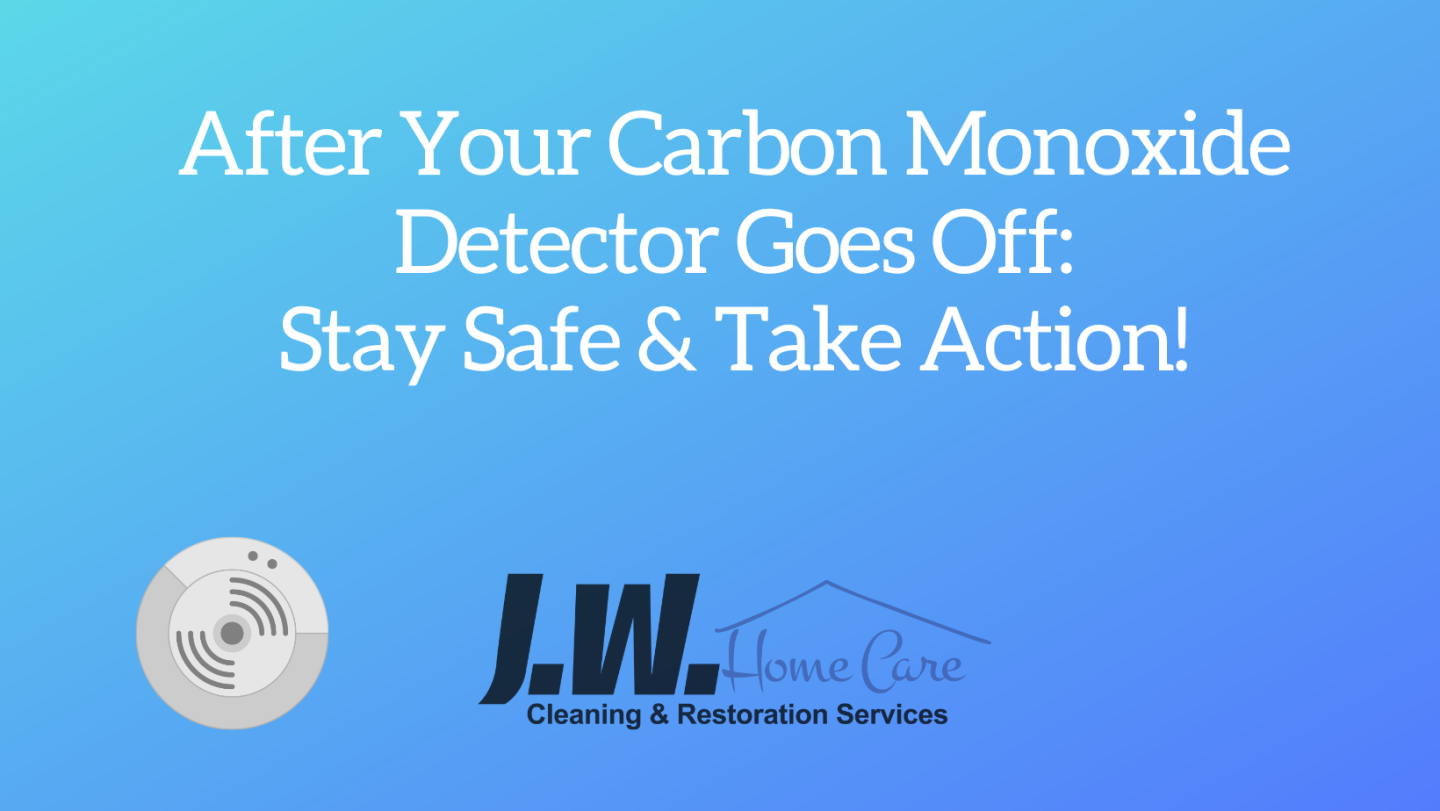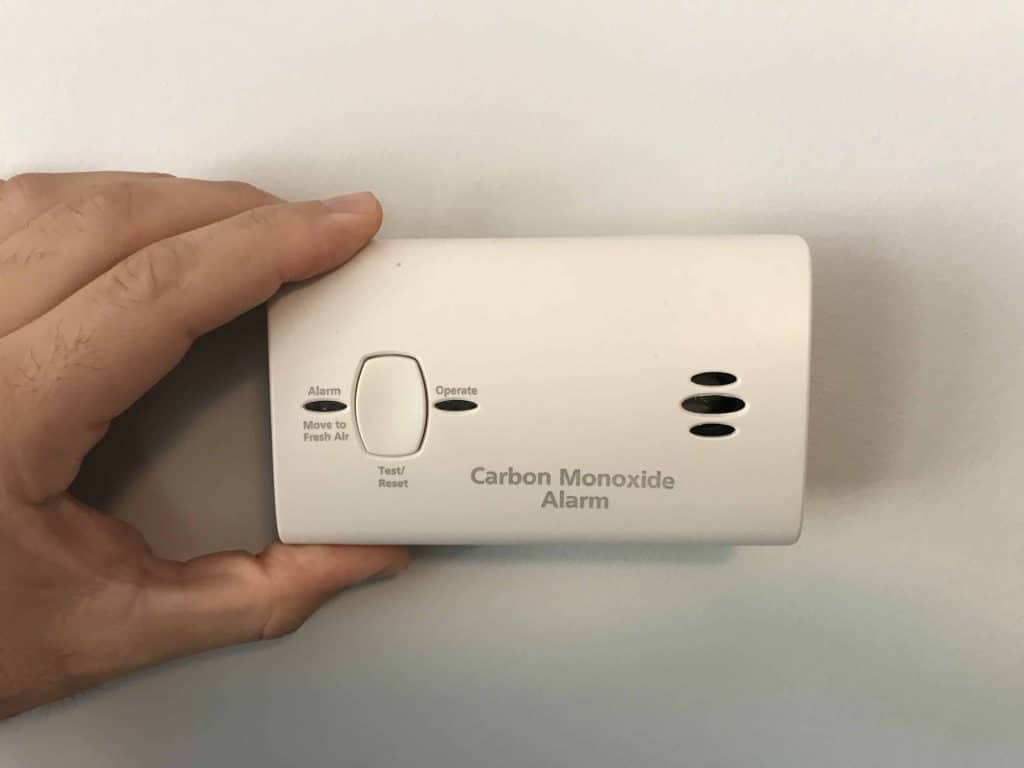
Carbon monoxide (CO) is an odorless, colorless gas that can be deadly if inhaled in high concentrations. Fortunately, carbon monoxide detectors are designed to alert us when this dangerous gas is present in our homes. If your carbon monoxide detector goes off, it’s crucial not to panic but to take immediate action. In this blog post, we’ll discuss what steps to follow after your alarm has triggered, ensuring the safety of yourself and your loved ones.
- Evacuate the premises: The moment your carbon monoxide detector goes off, the first and most crucial step is to evacuate the building. CO poisoning can cause dizziness, confusion, and loss of consciousness, making it essential to leave the premises as quickly as possible. Gather everyone present in the building, including pets, and head outside to a safe location away from the affected area.
- Call emergency services: Once you’re outside and in a safe location, dial emergency services immediately. Inform them about the situation, mentioning that your carbon monoxide detector has gone off, and you suspect a carbon monoxide leak. Provide your address and any relevant details they may require. Emergency responders are trained to handle such situations and will be able to assist you effectively.
- Seek medical attention: Even if no one is displaying symptoms of carbon monoxide poisoning, it is crucial to seek medical attention. Exposure to carbon monoxide can have delayed effects, and symptoms may not manifest immediately. A healthcare professional can evaluate your condition and conduct tests to determine if any CO-related harm has occurred. If anyone is experiencing severe symptoms such as unconsciousness or difficulty breathing, inform the emergency services so that appropriate medical assistance can be dispatched promptly.
- Ventilate the premises: Once the authorities have arrived and ensured your safety, it’s important to address the source of the leak. Do not re-enter the building until it has been deemed safe to do so by professionals. Open all doors and windows to ventilate the area, allowing fresh air to circulate and facilitate the dissipation of any remaining carbon monoxide.
- Arrange for professional inspection and repairs: After the incident, it is crucial to have a professional inspect your home’s heating system, gas appliances, chimneys, and ventilation systems. They can identify the source of the carbon monoxide leak and carry out necessary repairs or maintenance to prevent future occurrences. Regular inspections are essential for ensuring the continued safety of your household.
- Install additional detectors: Consider installing additional detectors throughout your home. Place them near sleeping areas and on every level of the building to provide comprehensive coverage. Regularly test and maintain these detectors according to the manufacturer’s instructions to ensure their effectiveness.
Experiencing an alarm can be a frightening ordeal, but it’s crucial to remain calm and follow the appropriate steps to ensure the safety of everyone involved. Evacuating the premises, contacting emergency services, seeking medical attention, ventilating the area, and arranging professional inspection and repairs are all critical actions to take. By being prepared and vigilant, we can protect ourselves and our loved ones from the dangers of carbon monoxide and create a safer living environment.



